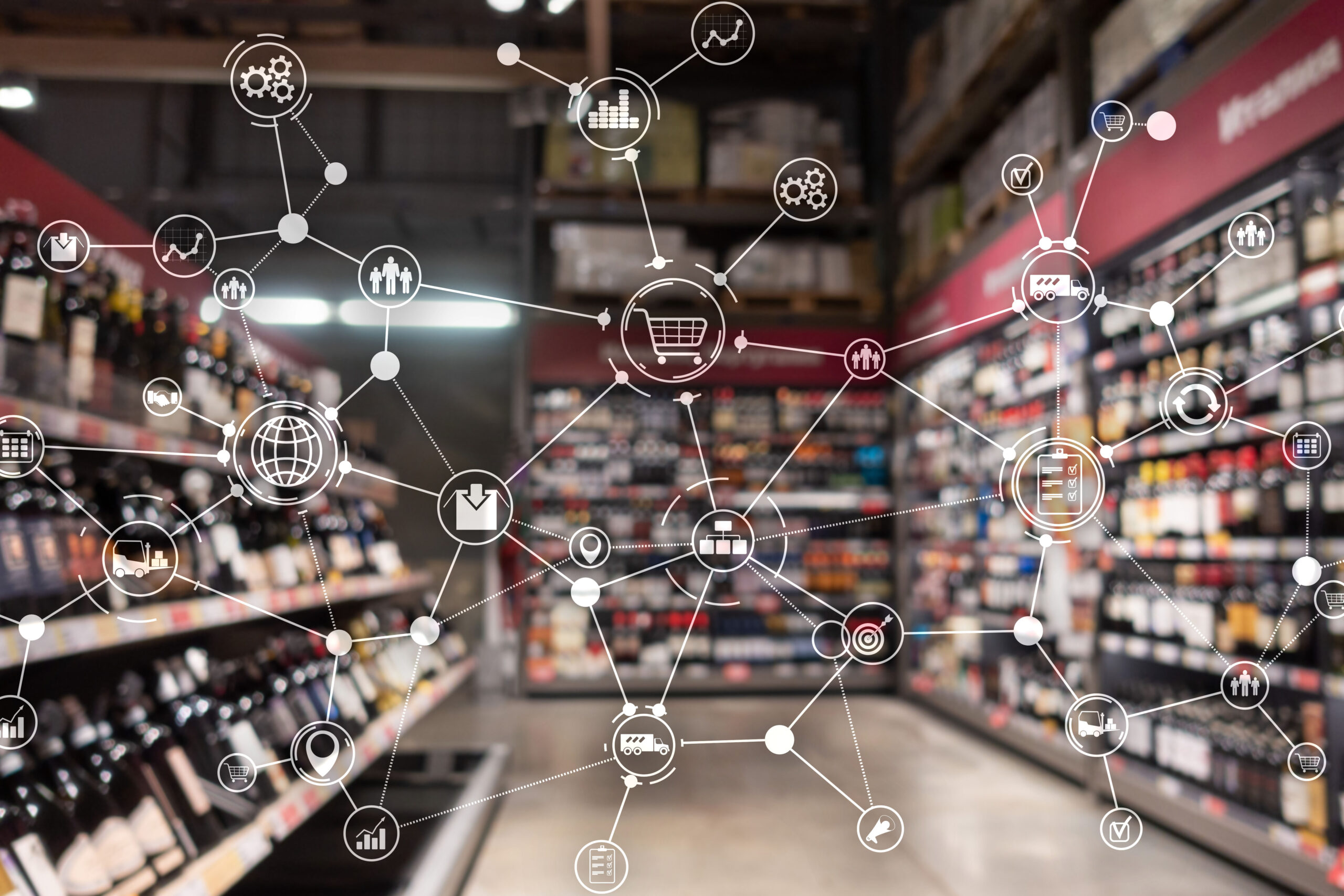Two industry leaders in their fields – InContext Solutions, and Syndigo – came together for several discussions about the massive changes taking place in the way that consumers shop for products and the way that brands and retailers provide them for sale. This is the second in a series of blogs that explore what the future of shopping could look like, and perspectives on what that means for the businesses that serve this sector.
The instability surrounding the retail industry didn’t begin with a global pandemic. But it did put a spotlight on the very weakness that has been holding back many brands and retailers for years: the failure to embrace change.
Of course, the thought leaders and forward-thinkers in the space were already better prepared to weather the 2020 storm; but now we’re seeing retailers and large brands accelerating their tech capabilities, from what would have been a five-year journey into three years or even less.
Those who were hesitant to evolve are quickly realizing there’s no better time than right now to jump on board the innovation train. And the tech to help do that? Virtual reality.
Proactive shopper insights
Stores are changing how they think about everything from foot traffic to SKU density to product offerings. Adopting a virtual approach to store planning allows teams to run online tests with real shoppers in real-time, to learn what is driving their purchase decisions. Pre-pandemic, the push was to engage shoppers to spend more time in the store, encourage browsing and impulse buys. We know now that today’s shoppers (when they’re not using delivery services or curbside pickup) want to stick to lists, only buy essentials, and get out fast. It’s the “Shopper” vs. “Buyer” approach—today’s consumers are shopping in the store similar to how they would online.
By running virtual tests, we can understand what products consumers want to see front and center. Or we can learn if removing the number of SKUs from a shelf improves decision making, thus increasing basket size. This could influence changes in planograms or shelf stocking processes as well. What about the checkout? Impulse purchases like candy and gum took a hit as parents are opting to leave kids at home. With virtual, brands teams can create a digital twin of the checkout aisle, iterate on what items might make more sense, and then test that with shoppers in a virtual shopping exercise for data-backed decision making. Customer safety will continue to be a priority going forward, so store design and aisle flow can also be tested in virtual, reflecting health and wellness offerings, or access to items such as masks or cleaning products.
The importance of the shopper experience hasn’t changed—it just looks different than it did just a few short months ago. And it will be different months from now, as circumstances evolve. The ability to mine valuable shopper insights quickly, without the need for a physical testing space, is the most effective and efficient way forward.
Collaboration has gone virtual
According to a recent McKinsey study, 60% of CPG sales leaders believe 2021 planning sessions will continue to be conducted remotely, and another 93% believe that virtual communication is here to stay. In order to successfully collaborate from a distance, brand and retail teams need the right tools.
Whether it’s with retail partners or for internal store planning sessions, a virtual approach goes far beyond a PowerPoint slide, giving teams a detailed view of your concept in the context of the store, and promoting cross-functional collaboration. At InContext, our virtual platform enables live editing, store walkthroughs, and 3D product views to help internal and external teams understand your vision and seamlessly provide feedback.
The rise of V-Comm
So far, the impact of this volatile year has encouraged a future full of agility and innovation. And it’s about time. In addition to the virtual as an imperative strategy to reimagining the physical store, virtual is also making waves in e-commerce as well. The online shopping experience has been more or less the same for the past decade—yet the demand for online shopping has never been greater. Virtual tools are changing that. From 360-degree product angles to full-on VR in-store experiences, v-commerce is quickly becoming the way of the future for digital stores.
As we head into the final stretch a year that refuses to quit slinging us curveballs, we can at least say in-store planning has a perfect opportunity to thrive in the months and years ahead.
The first post in this series, “What is the Future of In-Store…and Online?” was published on Syndigo.com






What is the future of In-Store…and Online? | Syndigo
[…] To see Part 2 of this blog series, please visit the InContext web site here. […]